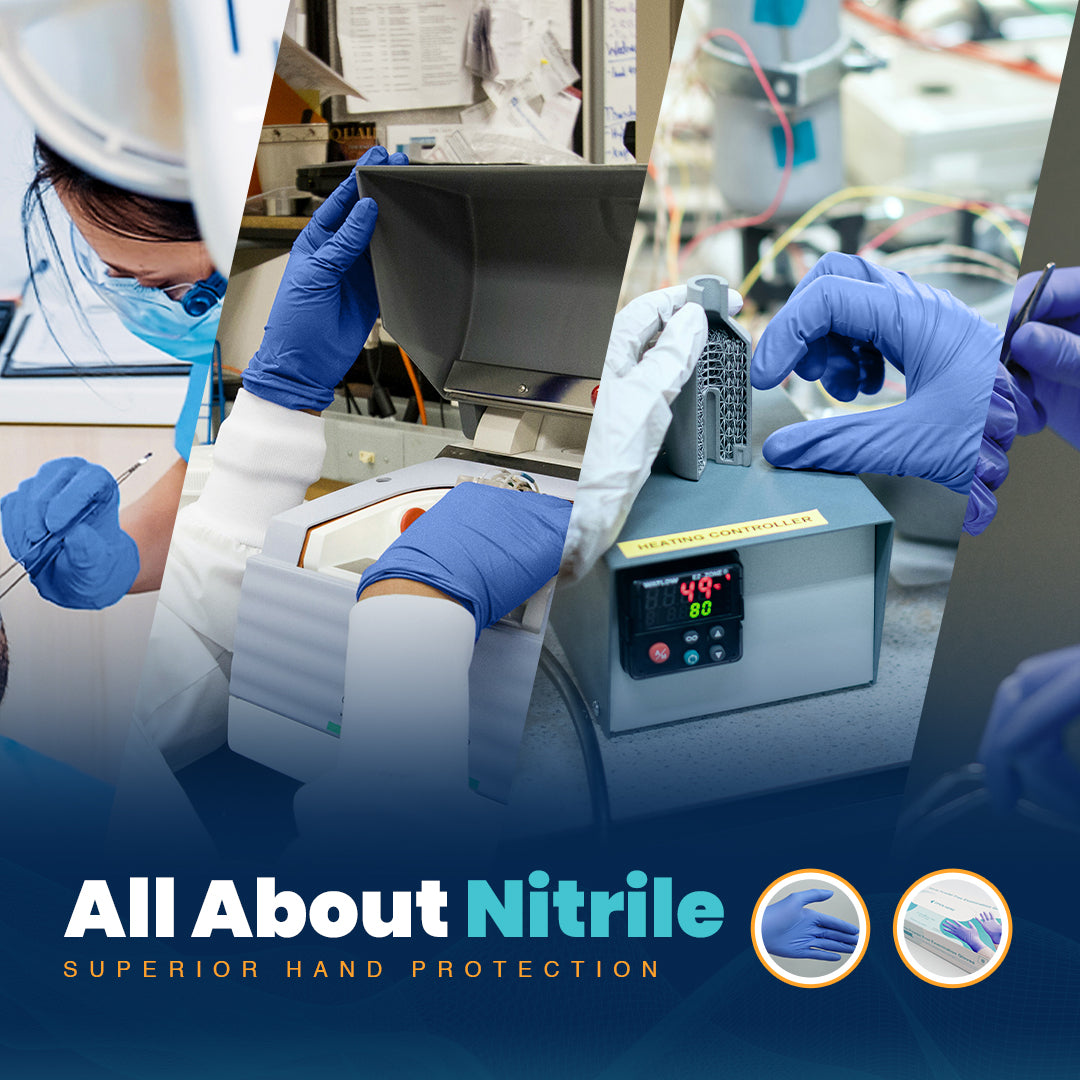Why is Graphene Powder Used in Labs?
Posted by MSE Supplies Admin on
Graphene powder is commonly used in solar cells and thin film batteries. This powder is highly recognized for its great mechanical and thermal properties. Also known as Graphene Oxide powder, its raw material is graphite, which is then processed to produce Graphene Oxide flakes in the form of a monolayer. More information about the properties of this powder has been given below.
The structure of Graphene Oxide is based on its synthesis method and its oxidation degree. Its interlayer spacing is twice as much as graphite, and still it is able to preserve graphite’s layer structure. The properties that make Graphene powder well suited for different fields are:
- Its pH ranges from 2.2 to 2.5
- It gets dispersed in polar solvents
- It increases in size within water
- It is an odorless powder
- The monolayer content within 0.5 mg/ml here is >95%
- It is available in several particles sizes
- It comes with a variable sheet dimension
- The powder can be processed at high concentrations
Common Applications
Graphene Oxide powder is always used in the following applications and fields:
- Optical Coatings
- Transparent Conductors
- Thin Film Batteries
- Purification of Water
- Flexible Electronics
- Chemically Resistant Coatings
- Solar Cells
- Desalination
- Optoelectronics
- Membrane Filtration
Available at an Affordable Price
For the above and more fields, Graphene Oxide powder can be purchased at highly affordable prices from reputed sellers. In most cases, these are ordered in large amounts for research, which makes buying companies eligible for bulk discounts. Companies that generally order from particular sellers stick with them for long periods of time.
Quality of Material is Important
All top sellers of Graphene Oxide powder ensure that product quality is always high. This quality plays a major role in determining the success rates of experiments in labs. Buyers should look for companies that are able to provide a healthy mix of quality and price. For regular business in this field, it is critical to be consistent with quality standards.
Production of Graphene is Difficult
The pure carbon monolayer material known as Graphene is relatively difficult to produce. This is the main reason for there being very few vendors in the market. Proper plans must be in place to ensure that supplies are constantly received over time. If a company has a customized requirement for Graphene, it can be met by well known companies. Compared to Graphene, it is much easier to produce Graphene Oxide powders.
How Graphene Oxide is Related to Electric Conductivity
Due to its disturbance of sp2 bonding networks, Graphene Oxide behaves as an electric insulator. Decreasing the amount of Graphene Oxide allows recovery of Graphene’s honeycomb lattice, which can then be used to restore electrical conductivity.
Sellers must Ask for Customer Feedback
Customer feedback for Graphene Oxide and other related materials can be collected from B2B customers. It is this feedback which helps a seller put the best foot forward. More details about Graphene Oxide powder can be checked on company websites. It is also important for sales to be a transparent process.



